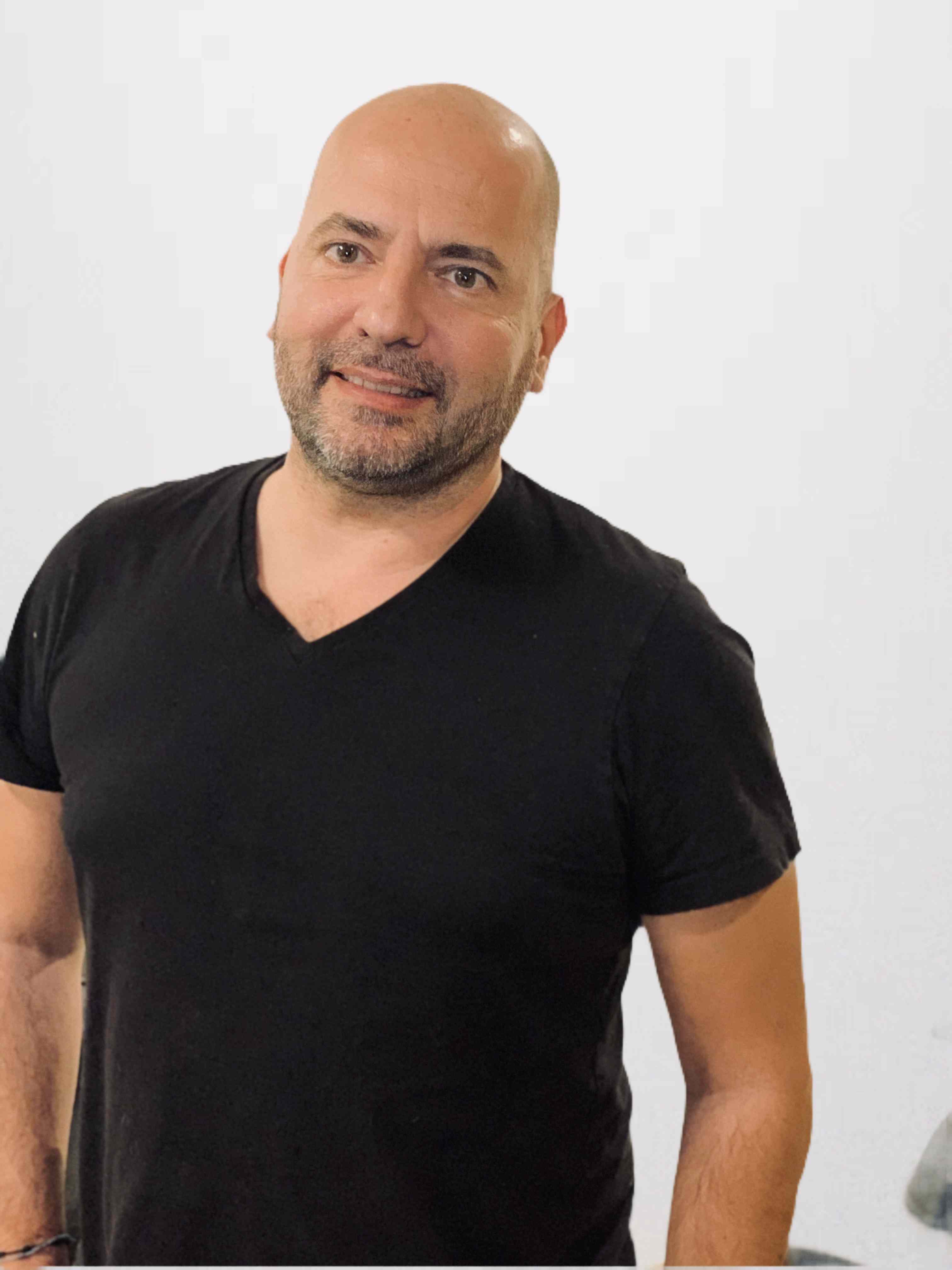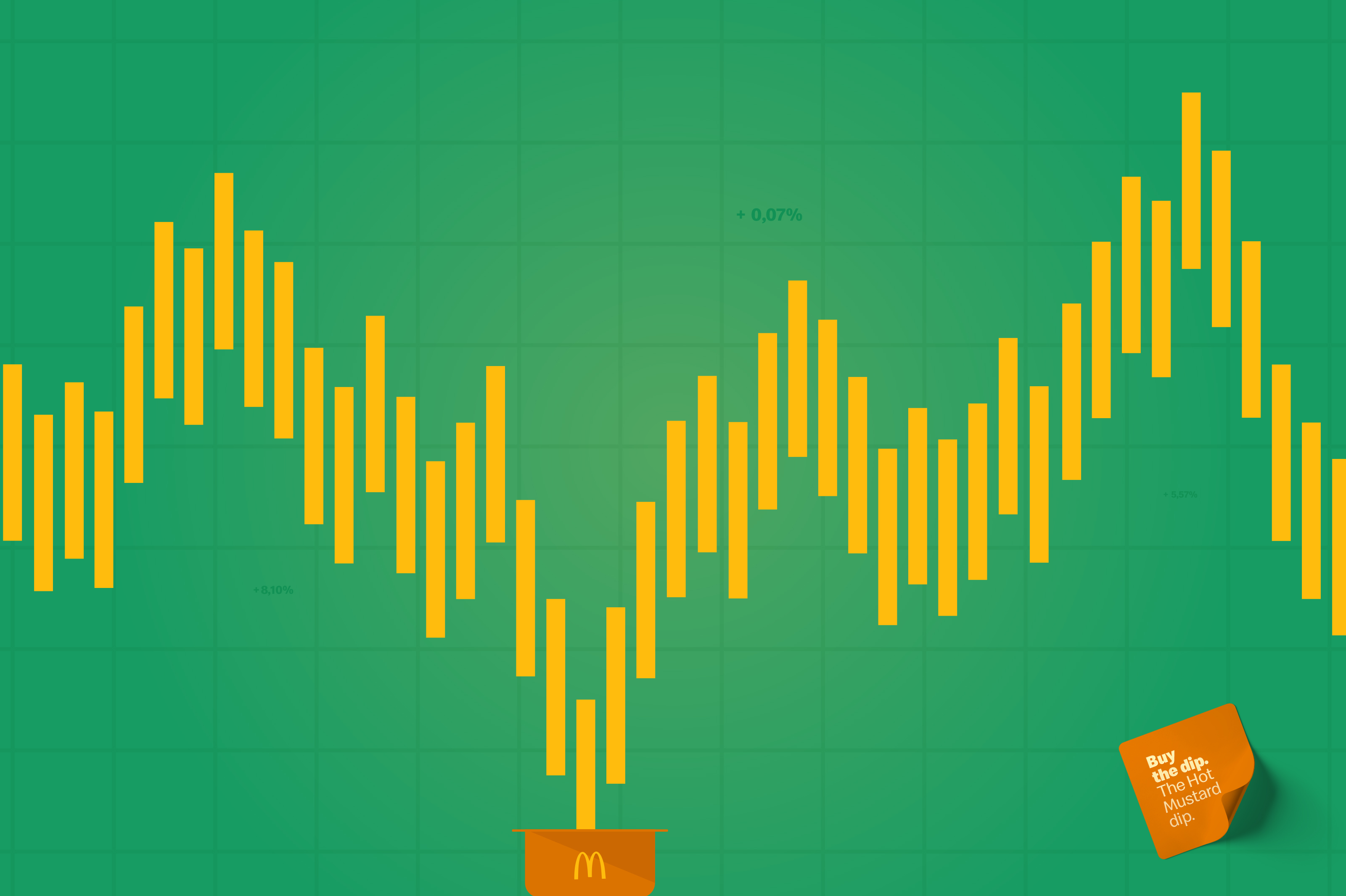News - Advertising
Welcome to the world of social
by Iain Akerman
January 11, 2022
.jpg) Advertisement
AdvertisementArabAd looks at the strengths and weaknesses of four of the most popular social media platforms and evaluates their value to brands
Audience: Pretty much everybody. Or at least that was the case until young people started abandoning the platform in droves. Although Facebook doesn’t release information relating to demographics, teenage users in the US declined by 13 per cent between 2019 and early 2021, according to leaked documents that form part of ‘The Facebook Files’. That decline is expected to continue, with a projected drop of 45 per cent over the next two years.
Usage by young adults aged between 20 and 30 is also expected to decline, leaving Facebook with an increasingly ageing user base. That said, the platform does have 2.91 billion monthly active users, which is a pretty sizeable chunk of the global population.
Strengths: Unrivalled reach. Facebook has more than triple the amount of users of any other social media platform. It also has strong ad sales. Advertising revenue rose 56 per cent to $28.6 billion in the second quarter of this year, with the company performing well during the pandemic. “In the last year, we’ve seen how a post or a livestream can make invisible victims visible; how a video challenge can raise record amounts for charity; and how a hashtag can become a global call to action,” says Suha Haddad, director of agencies and ecosystem development MENA at Meta. “Inspired by how people use our app, Facebook is building features that enable various groups and communities to start initiatives to have a positive impact at scale.”
Criticism: Where to begin? This year we’ve seen whistleblowers such as Frances Haugen and Sophie Zhang spill the beans on Facebook’s internal secrets – and it hasn’t looked good. Haugen alone leaked thousands of internal documents and testified in front of US senators. Those documents triggered allegations that Facebook had fanned the flames of ethnic violence in countries such as Ethiopia, had failed to curb misinformation in the run-up to the storming of the United States Capitol, and has consistently failed to fix the platform’s negative effects. Facebook responded, stating it was “important to add context about the work that different teams do and respond when the work of thousands of people at Facebook is being mischaracterised”.
Value to brands: It’s hard to argue with 2.91 billion monthly active users. Three million businesses advertise on Facebook and the platform’s “ad formats, video ads and Pages” have been “designed to capture attention and prompt action”. During Ramadan, advertisers favoured a mobile-first strategy, utilising various augmented reality (AR) filters, messenger bots, and mobile video ads to create impact. Its tools “level the playing field so businesses grow, create jobs and strengthen the economy”.
Future strategy: Facebook, which rebranded as Meta in October, is placing its future bets on the metaverse – a hypothetical universe of interconnected virtual worlds. Hence the name ‘Meta’. It is also continuing to prioritise “creators, commerce, and building the next computing platform”, all while seeking to entice back younger users. “Historically, young adults have been a strong base and that’s important because they are the future,” says Haddad “But over the last decade, as the audience that uses our apps has expanded so much and we’ve focused on serving everyone, our services have gotten dialled to be the best for the most people who use them rather than specifically for young adults. So we are retooling our teams to make serving young adults their north star, rather than optimising for the larger number of older people. Like everything, this will involve tradeoffs in our products and it will likely mean that the rest of our community will grow more slowly than it otherwise would have. But it should also mean that our services become stronger for young adults. This shift will take years, not months, to fully execute, and we believe it's the right approach to building our community and company for the long term.”
“We’ve seen how a post or a livestream can make invisible victims visible; how a video challenge can raise record amounts for charity; and how a hashtag can become a global call to action.”--Suha Haddad, Meta MENA
Audience: With an estimated one billion global users, Instagram’s no baby sibling to Facebook. Even though information relating to the platform’s demographics is unavailable, two thirds of Instagram’s users are believed to be below the age of 34. Of those, 25 to 34-year-olds represent the largest advertising audience, according to social media management platform Hootsuite.
Strengths: Vibrancy, youthfulness, and immediacy. It’s a place where individuals can “express themselves, identify with other global communities, and reach new audiences”. It may be overrun with ‘influencers’, but there’s an undeniable sense of creativity that is not easily found elsewhere. “Instagram thrives at the intersection of creativity, community, and culture,” says Haddad. “It’s a place for people and businesses to express their identity and voice. Whether you are a user, creator, a budding start-up or a 150-year-old business, there’s a community for you to tag in.”
Criticism: Instagram faced a notable backlash in 2021. Firstly, as the consequence of ‘The Facebook Files’, which were published by The Wall Street Journal in mid-September. Those files included claims that the company knew the platform was ‘toxic’ for many teenage girls and had consistently played down the app’s negative effects. The platform was also accused of censoring pro-Palestinian content during demonstrations originally centred on the neighbourhood of Sheikh Jarrah in East Jerusalem. These accusations intensified as the crisis escalated following the storming of the Al-Aqsa Mosque and Israel’s attack on Gaza. Meta said “claims that we’ve removed posts in an attempt to silence voices are simply wrong”. It did, however, admit there were “several issues in May that impacted people’s ability to share on our apps. While these were fixed quickly, they should never have happened in the first place”. With regards to ‘The Facebook Files’, it said: “Contrary to The Wall Street Journal’s characterisation, Instagram’s research shows that on 11 of 12 well-being issues, teenage girls who said they struggled with those difficult issues also said that Instagram made them better rather than worse. This research, like external research on these issues, found teens report having both positive and negative experiences with social media.”
Value to brands: The platform’s youthful and creative user base is particularly attractive to marketers. According to the company, 90 per cent of users also follow a business account on Instagram. These followers can directly view the businesses’ products and “ultimately make a seamless purchase, all without leaving the platform”. Maybe that’s why 200 million businesses around the globe use Instagram’s services each month. The platform has also introduced a dedicated ‘Shop’ tab, is focused on helping businesses stay open during the pandemic, and continues to build products that support users, creators and brands.
Future strategy: Creators are the beating heart of Instagram. That’s why it wants to be the best place for creators to grow and make a living. To achieve this, the platform will “give creators new ways to tell their stories, connect with their audiences and express themselves”. In October, it introduced new branded content partnership features, as well as a new folder within Instagram DMs exclusively for partnership messages. “We’re committed to building a suite of tools to support creators’ various needs and ambitions, regardless if it’s an aspiring, emerging, or established creator,” says Haddad. “By the end of 2022, we will invest more than $1 billion in creators across Facebook and Instagram. Additionally, we will continue to listen and take inspiration from what our community wants and build new features that help them get the most out of their experience.”
TIKTOK
Audience: The platform hit the one billion active monthly users milestone in September – an increase of 300 million on the previous summer. The majority of those users are believed to be aged between 16 and 24. What’s more, its popularity in the Middle East has grown significantly, particularly in the UAE and Saudi Arabia, where an increasing number of ‘influencers’ are prioritising the platform.
Strengths: A diverse community of creators. TikTok is all about the full-screen, ‘sound on’ experience and has a highly engaged user base.“Our biggest strength and the heartbeat of our platform is the authentic and real community, which is the real definition of inclusivity,” says Paul Katrib, head of marketing at TikTok METAP. “TikTok is a platform that provides an environment where users are comfortable being themselves and express themselves with spontaneity and authenticity, in the most creative way. It is this ‘realness’ and originality that makes content on TikTok fresh, exciting and different to connect with audiences authentically.”
Criticism: As with all other platforms, TikTok has come in for some level of critique. Most has related to negative publicity surrounding security and espionage (it’s owned by Chinese company ByteDance). It has also come under fire for moderation issues and was fined $5.7 million by the US Federal Trade Commission in 2019 for collecting information from under 13s. It has since made all profiles under 16 private by default and has a kids-only mode.
Value to brands: Much of TikTok’s value lies in its creative community and the ease of discoverability. You only have to look as far as Nathan Apodaca – whose video of him skateboarding while drinking Ocean Spray cranberry juice and singing along to Fleetwood Mac made him a social media sensation – to see how powerful the platform can be.
With a focus on authentic connections with consumers, the platform’s ‘Community Commerce’, is centred around humanising the digital experience. The best example of this, says Katrib, is the #TikTokMadeMeBuyIt hashtag, which already has more than 5.1 billion views.
Future strategy: Much of the same, with the company continuing to test new solutions, including ‘social commerce’, which the platform says will “enable businesses to authentically engage with the TikTok community, build brand love and turn customers into brand advocates”. It will also launch new partnerships and “collaborate with new partners to help brands create compelling campaigns and expedite their journey to growth”.
“Our biggest strength and the heartbeat of our platform is the authentic and real community.“ --Paul Katrib, TikTok METAP
SNAPCHAT
Audience: Globally, the platform’s daily active users stood at 306 million in the third quarter of 2021 – an increase of 23 per cent year-on-year. Regionally, the platform’s monthly addressable reach (the number of Snapchatters who can be reached with Snapchat ads in a month) is 75 million in the Middle East and North Africa. Those users include 60 per cent of 13 to 24-year-olds in the UAE and 90 per cent of 13 to 34-year-olds in Saudi Arabia. A recent study also revealed that 71 per cent of parents in Saudi Arabia use Snapchat.
Strengths: Snapchat has genuinely impressive levels of engagement in the Arab world. Consumption rates are often higher than the global average, with over 85 per cent of daily users interacting with ‘Lenses’ every day. In Saudi Arabia, 83 per cent of those on Snapchat in the kingdom use AR on a weekly basis to communicate – the highest use case in the world for Snapchat.
Criticism: Snapchat hasn’t been without its critics. Negative publicity surrounding the platform’s impact on anxiety, loneliness and depression, especially amongst teens, has been consistent. In response, the platform has provided its community with features designed to educate and empower them to support friends who might be struggling with their own social and emotional wellbeing, said Jake Thomas, head of UAE Market at Snap. These include Snap Minis, which provide “guided meditations, animations, features, and videos intended to improve the health, happiness, and mindfulness of the world”.
Value to brands: If young people in Saudi Arabia and the UAE are your target audience, Snapchat’s combination of innovative ad formats, advanced measurement and reporting tools, and a highly-engaged audience is potentially priceless. A pioneer of mobile marketing, the platform has also made the making of AR more accessible to individuals and businesses a priority. “When it comes to AR specifically, we are making it easier, faster, and more efficient to develop quality AR campaigns that support business goals,” says Thomas. “AR is the future of immersive customer experiences, and we are at the vanguard of developing the technology to facilitate virtual try-ons, catalog browsing, show-rooming, and much more.”
Future strategy: It’s a bold one: to shape the future of how people experience the world around them, says Thomas. That means “combining what they see in the real world through our camera with all that’s available to them in the digital world. We will realise this across entertainment, exploration, learning, commerce, location, and more in the years ahead, growing and diversifying as a business.”
“AR is the future of immersive customer experiences, and we are at the vanguard of developing the technology.” --Jake Thomas, Snap UAE



.jpg)


.jpg)





.jpg)




